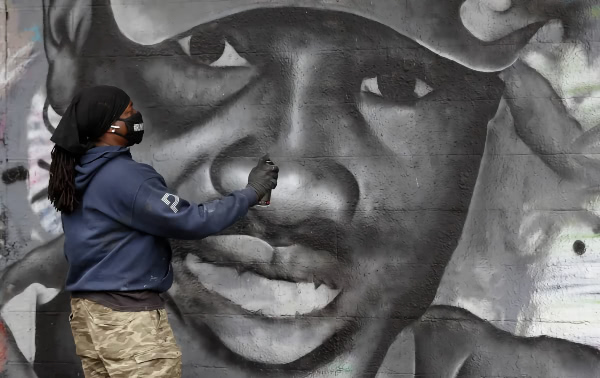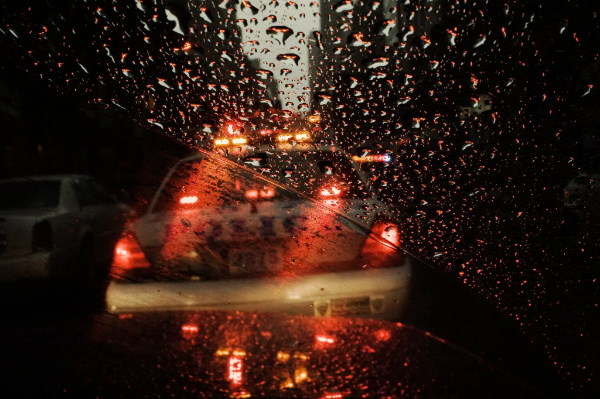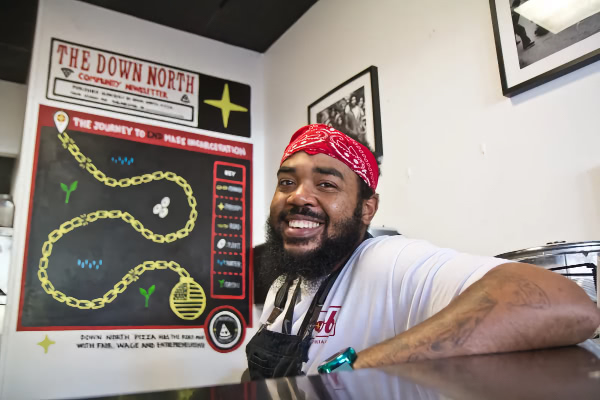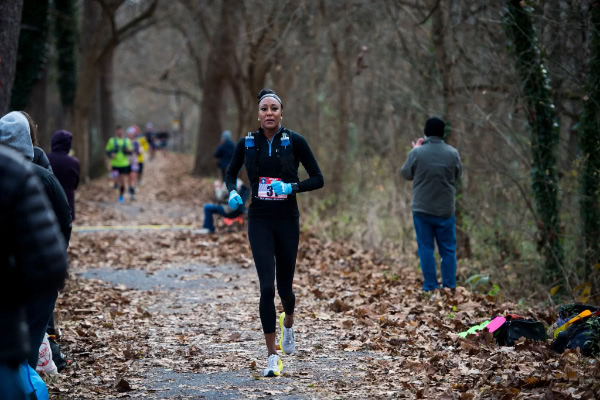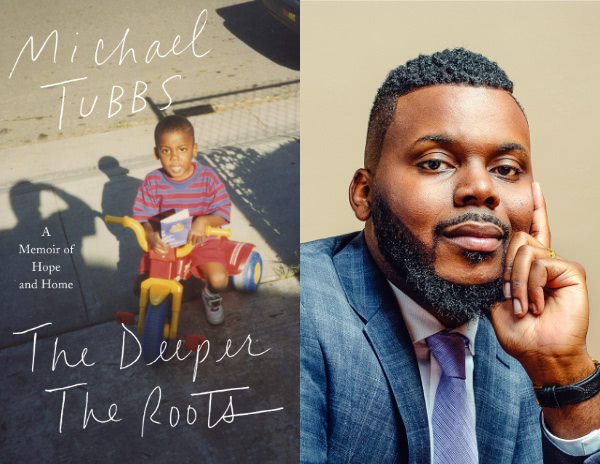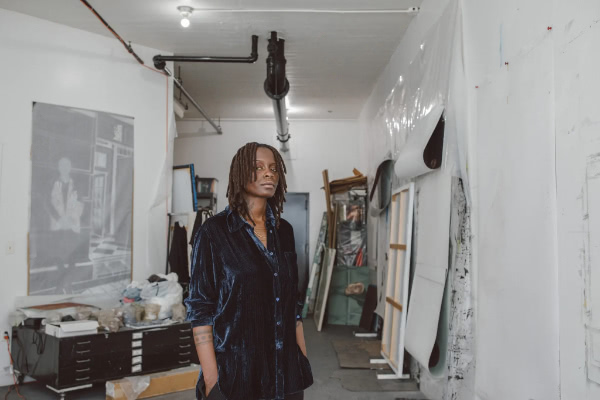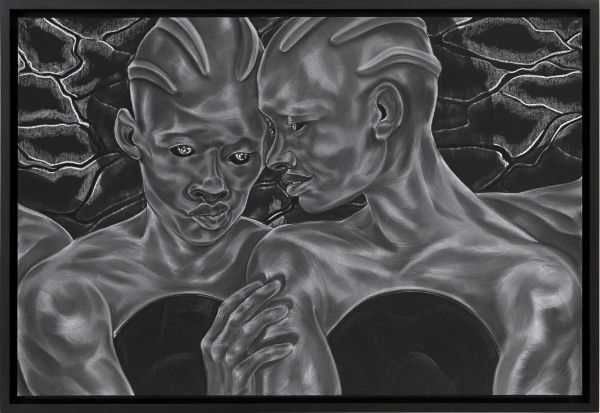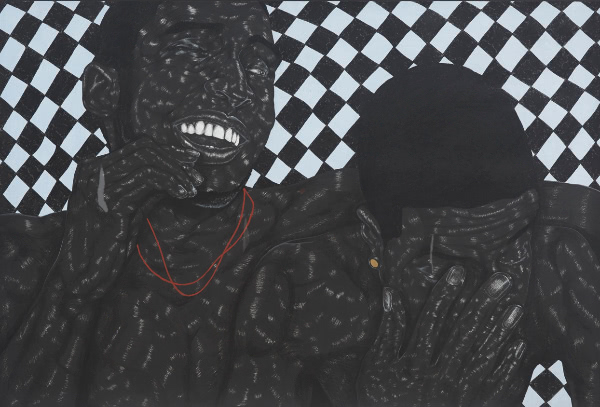Ahmaud Arbery’s Killers Understood White Freedom Perfectly
Kali Holloway, writing for The Nation:
White freedom’s inextricable link to black subjugation is woven into the fibers of American history, from all-white colonial militia patrols to keep black enslaved people in line to the unknowable thousands of post-Reconstruction lynchings that served to blare the consequences of black freedom mistaking itself for true American citizenship. The Red Summer of 1919—a bloody period of white mob terror and what historian Bill Tuttle identifies as black “ethnic cleansing” across 25 American cities—was the response when black civil rights efforts threatened white Americans’ mythologies about their own innate racial superiority. The white terrorism of Jim Crow, like mass incarceration and extrajudicial police violence, is a continuous thread that affirms the steadfast endurance of white freedom. The mode of lynching black folks may change with the technology of the times, but the product is always the same old black death.
Rittenhouse and the Right’s White Vigilante Heroes
Charles M. Blow, writing for The New York Times:
Whether vigilantes are viewed as radical or righteous is often a condition of the skin they’re in.
And the verdict in the Rittenhouse case is only likely to encourage more vigilantes, those who want to keep or impose “order,” those irked by the idea that disorder could flow from injustice, those who don’t want to see streets filled with people demanding equity.
Train the Police to Keep the Peace, Not Turn a Profit
The New York Times Editorial Board:
Some police departments across the country have embraced the corrupting and unjust practice of raising revenue for their municipalities by pushing officers to write as many traffic tickets as possible.
Policing for profit encourages unfair enforcement of the law. It also increases the likelihood that motorists stopped for infractions largely unrelated to public safety will be killed or injured during encounters with officers who are trained to view traffic stops as moments of mortal peril.
Former inmates are cooking up some of Philly’s best pizza
Laura Benshoff for NPR’s Morning Edition:
For many, prison is a revolving door.
To break the cycle of incarceration and stigma, Down North Pizza tries to model just working conditions. First, pay starts at $15 an hour. […]
Second, provide support - the two apartments above the restaurant are available for staff to live in. Formerly incarcerated people often face housing discrimination. There’s also a pro bono attorney available if an issue comes up with the terms of their release.
Sika Henry and the Motivation to Become a Pro Triathlete
Henry recently became America’s first Black female professional triathlete.
Alanis Thames, reporting for the Times:
Henry was ready to walk away from triathlon forever.
But after hearing about her crash, young athletes who had been following her story started sending her cards. They sent pictures of triathletes with their faces colored in to represent Black people, to represent them and Henry. She was their role model.
“I didn’t realize No. 1, how closely people had been watching my journey all this time,” Henry said, “and that it was important to them and that it mattered.” […]
“I can’t just quit,” Henry remembered thinking. “What kind of role model would I be if I just gave up the second things got really bad or really hard?”
Michael Tubbs, ‘The Deeper the Roots’
NPR’s Michel Martin speaks with Michael Tubbs about his memoir, The Deeper the Roots.
Michael Tubbs made national headlines in 2016 when he was elected mayor of Stockton, Calif. He was not only the first African American elected to that office, he was only 26, making him the youngest ever mayor of a major American city. The attention didn’t end with his election, as he became known for an ambitious and controversial agenda, launching an experiment in universal basic income or trying to curb homicides by paying people at risk of committing them to put down their guns.
Tubbs on growing up with an incarcerated father:
There’s enough judgments already because my mom is young. There’s enough judgment already because I’m Black. Like, I don’t want to add this - another layer and sound like a stereotypical story. So I was just like, I’m not going to tell anyone this. But it was also a real sense of shame.
And also, I think it really gave me a chip on my shoulder to prove everybody wrong, to, like, prove to people, like, no, I’m not going to go - I’m not going to be in prison, that no, I can be smart. Like, no, I can, quote-unquote, “be successful.” But I think it also created a lot of pressure I put on myself to be almost perfect or to just do everything right, to never mess up, to always be the best. And I think that led to some of the attitude that a lot of my teachers didn’t appreciate.
Toyin Ojih Odutola’s Mesmeric Alternate Universes
Lovia Gyarkye interviews the artist for the New York Times Style Magazine:
The show […] takes the artist’s experiments with form and narrative to new levels. Featuring 40 large-scale monochromatic drawings and an electrifying soundscape by the Ghanaian British artist Peter Adjaye, it chronicles a forbidden relationship in a fictional ancient Nigerian civilization ruled by the Eshu, a class of female warriors, who manufacture male laborers called the Koba. The contours of this mythology had been gestating since Ojih Odutola read [Octavia] Butler’s “Patternmaster” (1976), a coming-of-age novel set in a deeply bifurcated society, at 19. But it wasn’t until 2019 that the artist decided to develop her own story, which, she said, was an attempt to write herself into “a history of Nigeria that felt safe, exploratory and queer.”
Ojih Odutola’s latest exhibition, Toyin Ojih Odutola: A Countervailing Theory, at the Hirshhorn Museum in Washington, D.C., runs through April 3, 2022.
More of her work here.
Thanks for reading. See you next week.

